- Individuals & Families
- Businesses
- Brokers
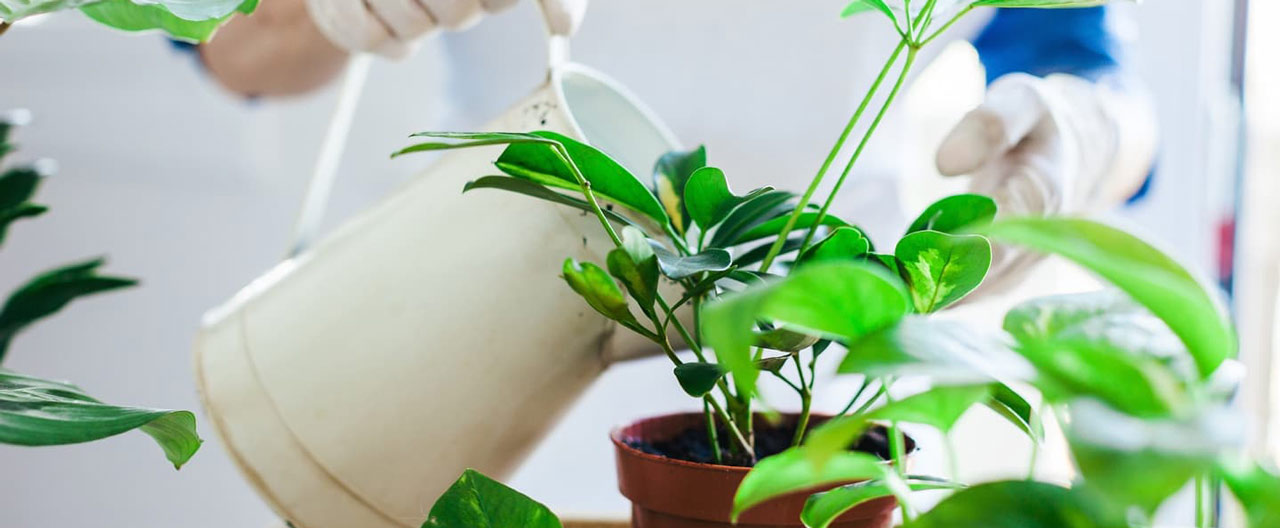
With winter on its way out, you may be ready for some spring cleaning.
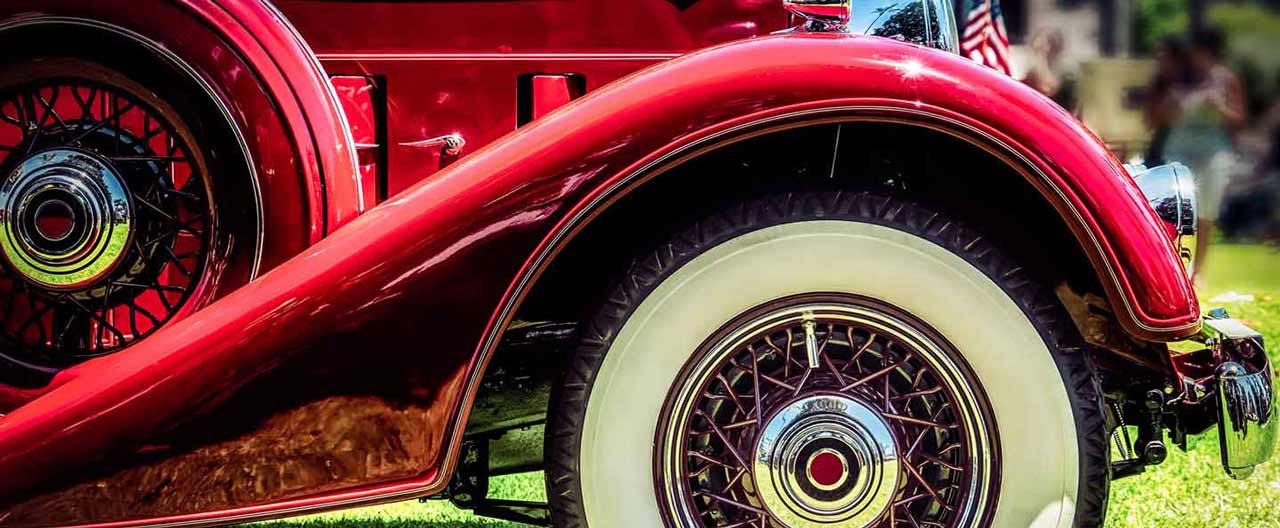
Make sure you protect your classic cars from damage or additional wear and tear.
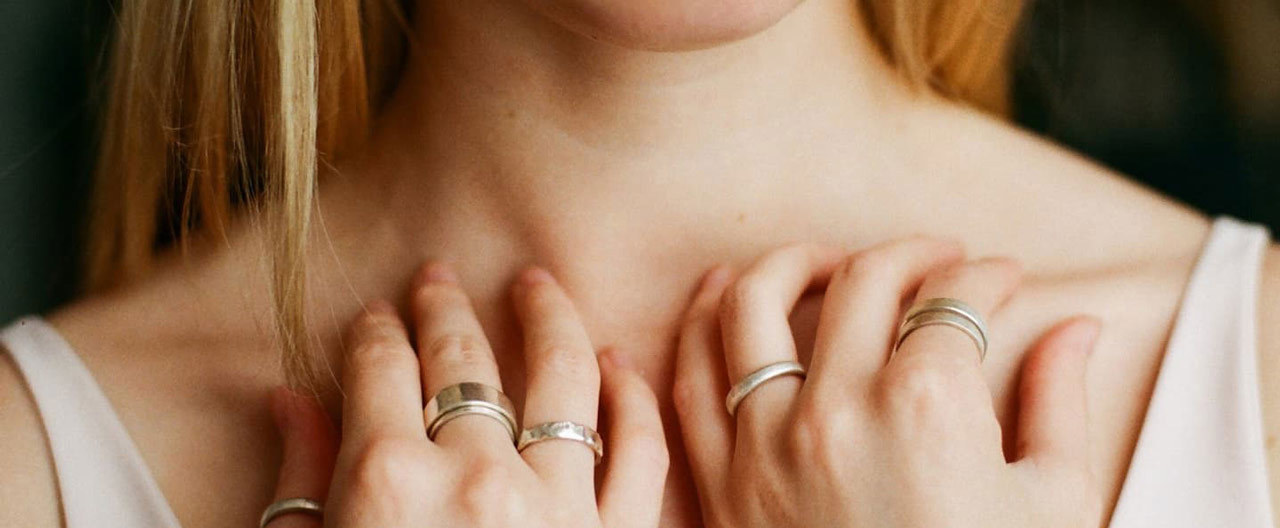
Keep your important papers and small valuables away from burglars, fire or natural disaster.

For over a hundred years, we’ve offered unparalleled stability and protection for small boats, yachts, luxury mega-yachts, and more.
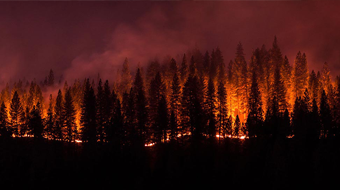
Here are some things you can do to assist firefighters and minimize the damage to your home.

At their worst, disputes between professional service firms and their clients can lead to costly lawsuits.
Wine is an organic asset with a limited lifespan and a peak drinking time window. It is complex, fragile, and sensitive to many things that can affect its taste and value. Whether you own one bottle of wine or a hundred, make sure you understand what can go wrong with your wine – and what you can do to protect it.
1. Temperature
Heat is wine’s number one enemy, making it age faster and develop irreversible stewed aromas. When this happens, it is referred to as “cooked” wine. Heat can also cause wine to expand in volume, increasing pressure on the cork, which can compromise the seal and lead to seepage and bacterial contamination. While not as bad as heat, cold temperatures can also damage wine. At -9 to -7º C, wine will freeze and expand, putting pressure on the cork, just like heat.
What to do? Store your wine at a constant temperature between 13-15º C.
2. Humidity
The humidity in your wine cellar should range from a low of 60º F (to prevent the corks from drying out and cracking) to a high of 26º C (to prevent mold from developing and damaging a wine’s label).
What to do? If you’re concerned about humidity fluctuations, you can install either a humidifier or a dehumidifier.

3. Light
Since light, especially wavelengths like UV, breaks down the complex molecules that contribute to a wine’s desirable flavours, it shouldn’t be exposed to excessive amounts of light. Most wines have built-in protection against the light, with darker colored glass bottles.
What to do? Keep your cellar dark. Use incandescent bulbs instead of fluorescent lights, because they emit smaller amounts of UV waves.
4. Air quality/ventilation
Because wine breathes through the cork, letting oxygen in over time, it is important that the air in your wine cellar be clean. Otherwise, you risk altering the flavour and bouquet of your wine. Some odorous molecules are benign, while others, like chemical compounds in fresh paint and cleaning supplies, are more harmful. Aromatic food products, like garlic, can also seep into your wine.
What to do? Be careful what you store or do in or near your cellar.
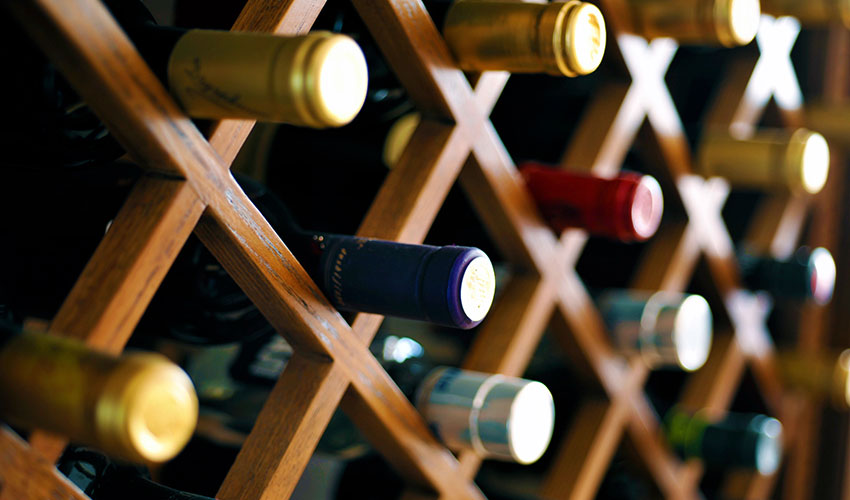
5. Vibration
As red wine matures, sediment is formed when the solids in the wine (typically tannins) fall to the bottom of the bottle. Excessive vibrations can alter a wine’s composition by reintroducing some of those solids into the liquid, as well as speeding up chemical reactions that should occur slowly.
What to do? Although it may be hard to eliminate vibrations totally, especially in a city environment, it’s best to store your wines away from household appliances.
Source: wineadvise.com
Insights and expertise
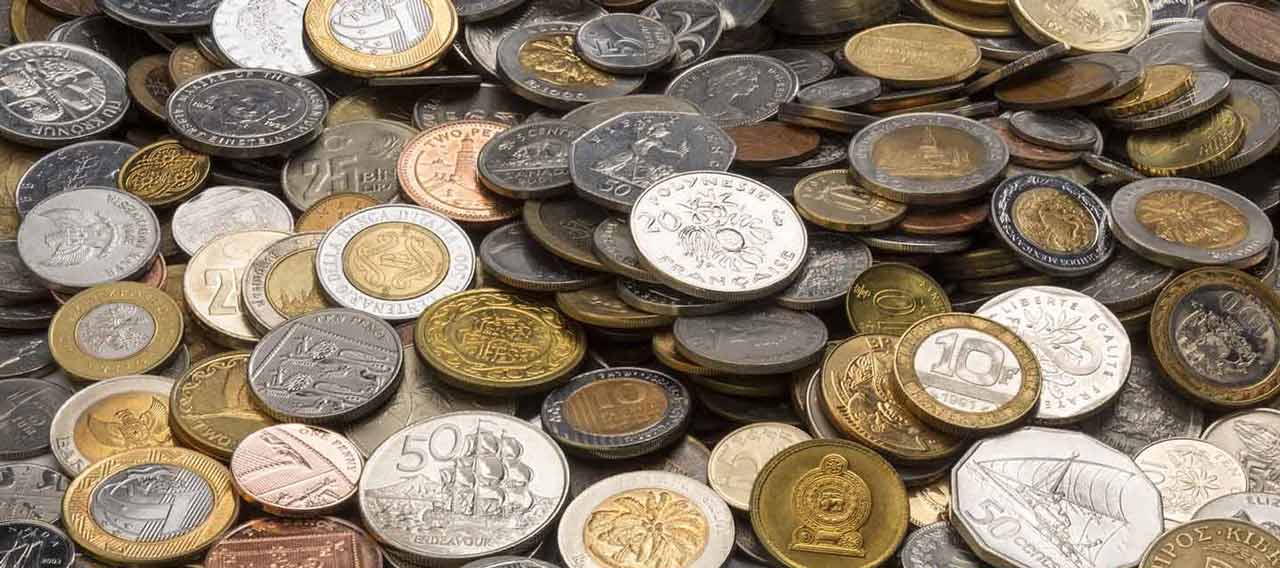
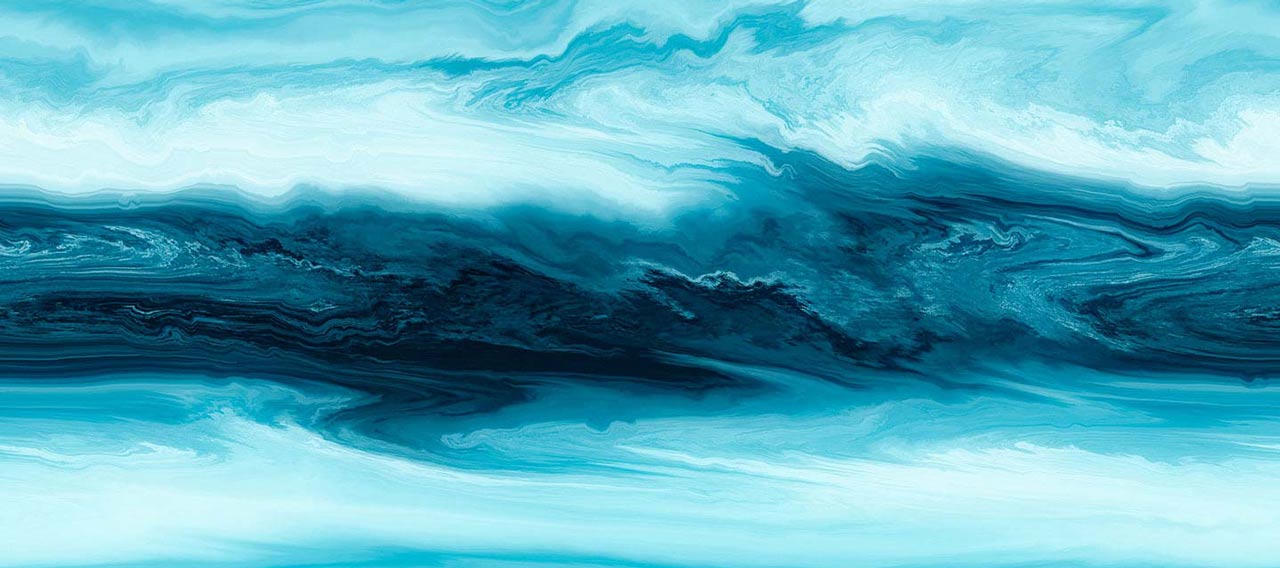

This document is advisory in nature and is offered as a resource to be used together with your professional insurance advisors in maintaining a loss prevention program. It is an overview only, and is not intended as a substitute for consultation with your insurance broker, or for legal, engineering or other professional advice.
Chubb is the marketing name used to refer to subsidiaries of Chubb Limited providing insurance and related services. For a list of these subsidiaries, please visit our website at www.chubb.com. Insurance provided by Chubb Insurance Company of Canada or Chubb Life Insurance Company of Canada (collectively, “Chubb Canada”). All products may not be available in all provinces or territories. This communication contains product summaries only. Coverage is subject to the language of the policies as actually issued.

